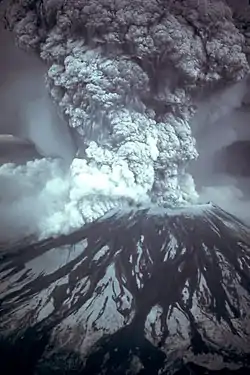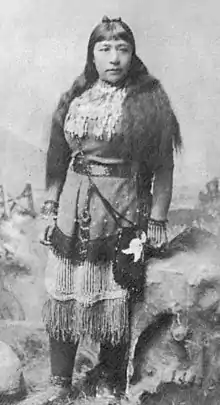The Pacific Northwest Portal Scattered patches of subalpine fir grow below glaciers and permanent snowfields on the south slope of Mount Rainier in the Cascades ecoregion The Pacific Northwest (PNW), sometimes referred to as Cascadia, is a geographic region in western North America bounded by its coastal waters of the Pacific Ocean to the west and, loosely, by the Rocky Mountains to the east. Though no official boundary exists, the most common conception includes the U.S. states of Oregon, Washington, Idaho, and the Canadian province of British Columbia. Some broader conceptions reach north into Alaska and Yukon, south into northern California, and east into western Montana. Other conceptions may be limited to the coastal areas west of the Cascade and Coast mountains. The variety of definitions can be attributed to partially overlapping commonalities of the region's history, culture, geography, society, ecosystems, and other factors. The Northwest Coast is the coastal region of the Pacific Northwest, and the Northwest Plateau (also commonly known as "the Interior" in British Columbia), is the inland region. The term "Pacific Northwest" should not be confused with the Northwest Territory (also known as the Great Northwest, a historical term in the United States) or the Northwest Territories of Canada. The region is sometimes referred to as Cascadia, which, depending on the borders, may or may not be the same thing as the Pacific Northwest. The region's largest metropolitan areas are Greater Seattle, Washington, with 4 million people; Metro Vancouver, British Columbia, with 2.84 million people; and Greater Portland, Oregon, with 2.5 million people. The culture of the Pacific Northwest is influenced by the Canada–United States border, which the United States and the United Kingdom established at a time when the region's inhabitants were composed mostly of indigenous peoples. Two sections of the border—one along the 49th parallel south of British Columbia and one between the Alaska Panhandle and northern British Columbia—have left a great impact on the region. According to Canadian historian Ken Coates, the border has not merely influenced the Pacific Northwest—rather, "the region's history and character have been determined by the boundary". (Full article...) Selected article -On January 28, 2020, British Columbia became the second province to confirm a case of COVID-19 in Canada. The first case of infection involved a patient who had recently returned from Wuhan, Hubei, China. The first case of community transmission in Canada was confirmed in British Columbia on March 5, 2020. British Columbians have taken numerous emergency measures in an effort to reduce the spread of the virus, such as social distancing and self-isolation. On March 23, 2020, British Columbian Premier John Horgan announced the details of the province-wide emergency relief plan, which includes income support, tax relief and direct funding in order to mitigate economic effects of the pandemic. (Full article...)Selected biography - Neil Edward Goldschmidt (born June 16, 1940) is an American businessman and Democratic politician from the state of Oregon who held local, state and federal offices over three decades. After serving as the United States Secretary of Transportation under President Jimmy Carter and governor of Oregon, Goldschmidt was at one time considered the most powerful and influential figure in Oregon's politics. His career and legacy were severely damaged by revelations he raped a young teenage girl in 1973, during his first term as mayor of Portland. Goldschmidt was elected to the Portland City Council in 1970 and then as mayor of Portland in 1972, becoming the youngest mayor of any major American city. He promoted the revitalization of Downtown Portland and was influential on Portland-area transportation policy, particularly with the scrapping of the controversial Mount Hood Freeway and the establishment of the MAX Light Rail system. He was appointed U.S. Secretary of Transportation by President Jimmy Carter in 1979; in that capacity he worked to revive the ailing automobile industry and to deregulate several industries. He served until the end of Carter's presidency in 1981 and then served as a senior executive with Nike for several years. (Full article...)Largest cities of the Pacific Northwest
General images -The following are images from various Pacific Northwest-related articles on Wikipedia.
Did you know -
Indigenous peoplesRelated portalsCategoriesCategory puzzle Select [►] to view subcategories
Pacific Northwest British Columbia Culture of the Pacific Northwest Endemic fauna of the Pacific Northwest Flora of the West Coast of the United States Flora of the Northwestern United States Geography of the Pacific Northwest Geology of the Pacific Northwest History of the Pacific Northwest Indigenous peoples of the Pacific Northwest Lichens of the Northwestern United States Northwestern United States People from the Pacific Northwest Pacific temperate rainforests Puget Sound region Society of the Pacific Northwest Pacific Northwest transport templates WikiProjects
Tasks
Associated WikimediaThe following Wikimedia Foundation sister projects provide more on this subject:
Sources
Discover Wikipedia using portals
|



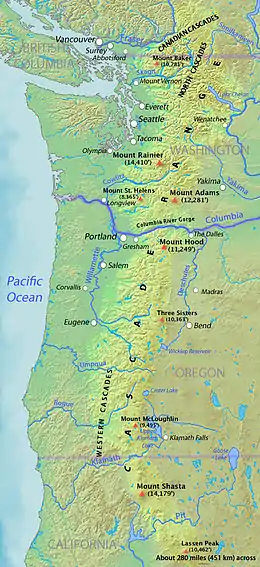
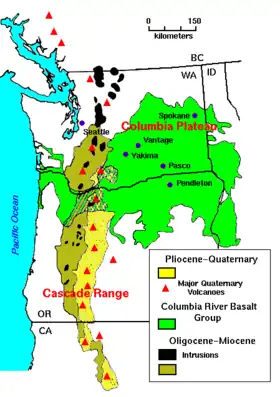



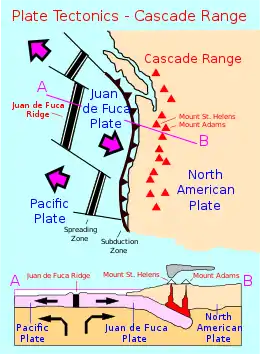
.jpg.webp)


.jpg.webp)

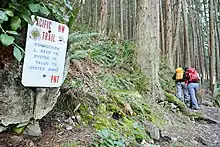
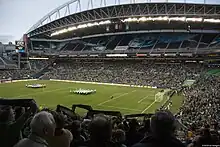



.jpg.webp)


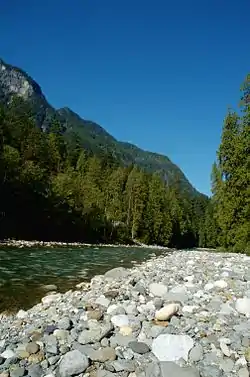
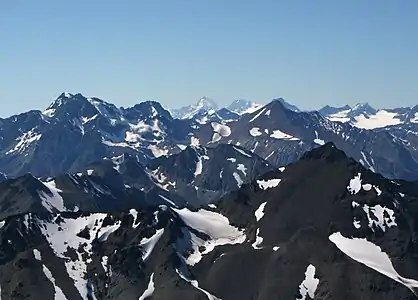


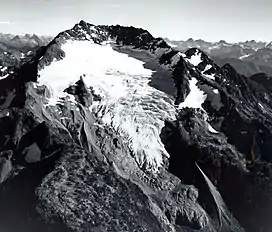
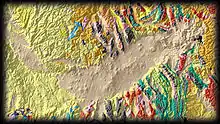


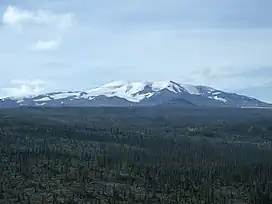

.jpg.webp)


